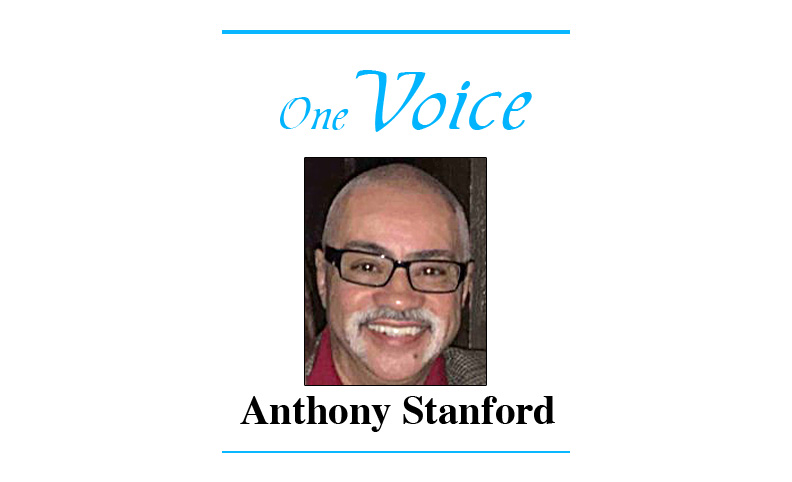
It’s hard to believe that 59 years have passed since the shocking assassination of the 35th president of the United States, John F. Kennedy. Yet, for the Nation, the November 22, 1963, murder of Kennedy in Dallas, Texas, was a watershed event.
As a nine-year-old, I saw my mother’s and our downstairs neighbor at her side, their teary eyes transfixed on our small, black and white, television, and I knew something dreadful had occurred.
As the reality of the president’s assassination sunk in eight days prior to Thanksgiving Day, the shocking aftermath firmly and forever fixed the tragedy into the consciousness of the American people. Almost 60 years later, without missing a beat, three generations can pinpoint where they were on a rain-splashed, unseasonably mild, Chicago day when they heard the horrific news.
It typically happens entering into the holiday season when memories of that Friday and somber weekend enter my thoughts. In my mind’s eye, with uncanny clarity, I see my teacher exit the classroom and return, her face contorted. I vividly recall the quiver of her voice when she uttered words that would ordinarily prompt a gleeful response from third graders. But instead, she inexplicably dismissed her students for the rest of the day, with no mention of homework, only an ominous warning that we should go directly home.
Paul Revere, my elementary school on the South Side of Chicago, was two blocks from my home, and in a dash, I opened the door, hearing the breaking news that first sparked the desire to inform.
Prior to 1980, when the first cable news conglomerate, CNN (Cable News Network), came on the scene, the big three, CBS, NBC, and ABC, were the primary news sources. However, it all changed with the advent of the first 24-hour cable television news network, its affiliates, and correspondents worldwide. In time, the term “breaking news” applied to anything perceived worthy of interrupting daily programming.
As if only yesterday, I, like many others, recall the official announcement made by a consistently poised, suddenly visibly-shaken CBS anchorman, Walter Cronkite, saying, “The flash apparently official. President Kennedy died at 1 p.m. Central Standard Time, two o’clock Eastern Standard Time…,” Cronkite’s usually-confident voice cracking with emotion.
A shroud of grief effectively canceled the festive holiday mood, replacing it with the sullen voices from our small black and white television. For several days, we’d take turns monitoring the reporting, acting as an extension of Cronkite’s newsroom, and updating others on the latest breaking news.
Despair was palpable as our vigil entered a second day, along with the rest of the country; we waited for a glimpse of the scoundrel who’d committed the dastardly deed, killing the young president and ruining our holiday ritual. Emotionally spent, we were unaware that we’d be the first in the history of humankind to witness the murder of a human being during a live national television broadcast.
At 12:20 p.m. Eastern Standard Time, Lee Harvey Oswald, the alleged assassin of president Kennedy, while being transferred by Dallas police to the county jail, was shot to death by Dallas nightclub owner Jack Ruby. The ambulance took Oswald to Parkland Hospital, where president Kennedy had died less than 24 hours earlier. This irony of ironies remains the most surreal news event of my lifetime.
To help the country cope with the president’s death, November 28, 1963, was designated as Thanksgiving Day and Special Day in honor of the assassinated president John F. Kennedy.
Anthony Stanford is an opinion columnist, urban theorist, and author of the book, “Homophobia in the Black Church: How Faith, Politics and Politics and Fear Divide the Black Community.”

